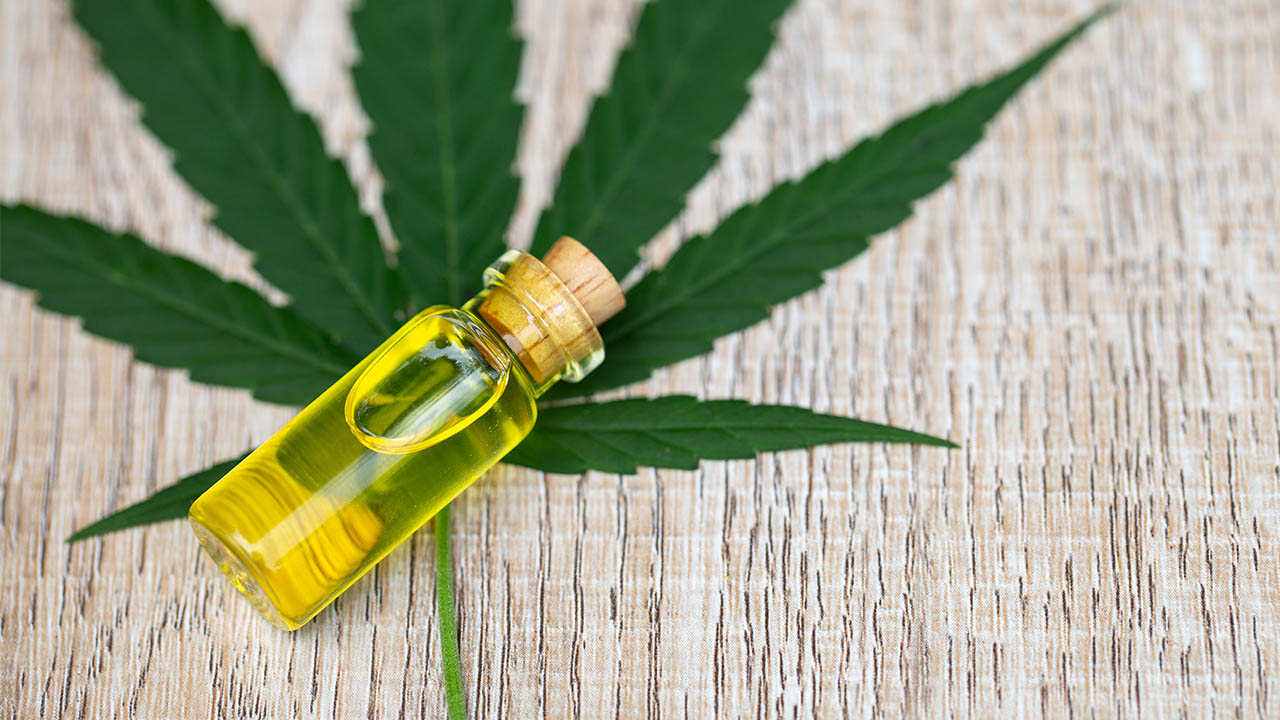In recent years, CBD (cannabidiol) and medical cannabis have emerged as promising alternatives for pain management. Backed by increasing scientific interest and anecdotal success stories, these compounds are gaining traction among patients with chronic pain, arthritis, neuropathy, and other debilitating conditions.
But what does the science actually say? Can CBD and cannabis be trusted tools in the fight against pain? Let’s explore the facts, research, and applications behind this evolving field of medicine.
Understanding CBD and Medical Cannabis
What Is CBD?
CBD is a non-psychoactive compound derived from the cannabis plant. Unlike THC (tetrahydrocannabinol), CBD doesn’t cause a “high,” making it appealing for patients seeking relief without intoxication.
What Is Medical Cannabis?
Medical cannabis refers to the use of the whole cannabis plant or its extracts—often containing both CBD and THC—under medical supervision to treat health conditions, including chronic pain.
The Science Behind Pain and the Endocannabinoid System
The human body has an endocannabinoid system (ECS)—a network of receptors (CB1 and CB2) that regulates pain, inflammation, mood, and immune function.
- CBD influences CB2 receptors and serotonin signaling, reducing inflammation and pain sensitivity.
- THC binds to CB1 receptors in the brain, altering pain perception.
Together, these interactions help explain the analgesic effects observed in many users of CBD and medical cannabis.
Research on CBD and Pain Relief
1. Chronic Pain
Several clinical reviews suggest that CBD has modest to significant effects in reducing chronic pain, especially:
- Neuropathic pain
- Inflammatory conditions (e.g., arthritis)
- Fibromyalgia
Key Study: A 2020 review in Frontiers in Pharmacology found that CBD may reduce pain in patients with chronic conditions and improve sleep quality.
2. Arthritis and Joint Pain
Animal models show that topical CBD can reduce joint inflammation and pain behaviors without causing side effects.
Human Insight: Anecdotal evidence from arthritis patients reports reduced stiffness and improved mobility with CBD use.
3. Cancer-Related Pain
Some studies show that cannabis-based medications, especially those combining CBD and THC, can help manage:
- Pain related to chemotherapy
- Inflammation from cancer or tumors
Note: This is often used when opioids fail to provide adequate relief.
Benefits of CBD and Cannabis for Pain Management
- Non-addictive alternative to opioids
- Anti-inflammatory properties reduce swelling and nerve irritation
- Muscle relaxant effects help with conditions like MS or spasms
- Sleep improvement, which supports overall recovery
- Mood regulation, particularly useful in patients with anxiety-related pain
Risks and Side Effects
While generally safe, CBD and medical cannabis can have side effects depending on dose, formulation, and individual factors.
Potential Side Effects:
- Drowsiness or fatigue
- Dry mouth
- Changes in appetite
- Interaction with blood thinners or other medications
- Psychoactive effects (THC-containing products)
Long-Term Concerns:
- Dependence risk with high-THC products
- Memory or concentration issues with prolonged use of recreational cannabis
- Varying product quality in unregulated markets
Always consult a healthcare provider before starting CBD or cannabis for pain relief.
How to Use CBD or Medical Cannabis for Pain
1. Topical Applications
- Creams, balms, and patches
- Great for localized muscle or joint pain
- No psychoactive effects
2. Oral CBD Products
- Oils, capsules, and gummies
- Provide whole-body relief
- Effects can take 30–90 minutes
3. Inhalation (Medical Cannabis)
- Smoking or vaping cannabis flowers or concentrates
- Rapid relief for severe pain, but may irritate the lungs
4. Sublingual Drops
- Placed under the tongue for faster absorption than capsules
- Good balance between speed and duration of effects
Legal and Medical Considerations
- CBD is federally legal in many countries if derived from hemp and containing less than 0.3% THC.
- Medical Cannabis legality varies by region. Prescription or registration may be required.
- Athletes and professionals should be aware of drug testing policies, especially for THC.
Who Might Benefit Most?
- Patients with neuropathic or inflammatory pain
- People who experience side effects or dependency issues with opioids
- Those with multiple symptoms like anxiety, insomnia, and pain
- Individuals with autoimmune or degenerative diseases (e.g., lupus, MS)
Conclusion
CBD and medical cannabis offer a promising, science-backed approach to pain relief—especially for those living with chronic or treatment-resistant pain conditions. While not a cure-all, their ability to reduce inflammation, improve sleep, and modulate pain pathways makes them a valuable part of a comprehensive pain management strategy.
As research grows and regulations evolve, patients and healthcare providers are gaining better tools and knowledge to safely incorporate cannabinoids into modern medicine.
Frequently Asked Questions (FAQs)
1. Is CBD legal everywhere?
CBD derived from hemp (with less than 0.3% THC) is legal in many places but not all. Always check your local laws before buying or using.
2. Can I get addicted to CBD or cannabis?
CBD is not addictive. THC-containing cannabis can lead to dependency with prolonged heavy use, though it’s less addictive than opioids.
3. Does CBD work immediately for pain?
No. Effects vary. Oral CBD may take 30–90 minutes to work, while topicals can provide relief more quickly in localized areas.
4. Can I use CBD alongside my regular pain medications?
Possibly, but consult your doctor first—especially if you’re on blood thinners or medications with liver metabolism pathways.
5. How do I choose a quality CBD product?
Look for:
- Third-party lab testing
- Clear THC content labeling
- Full-spectrum or broad-spectrum options
- Organic, pesticide-free sourcing

